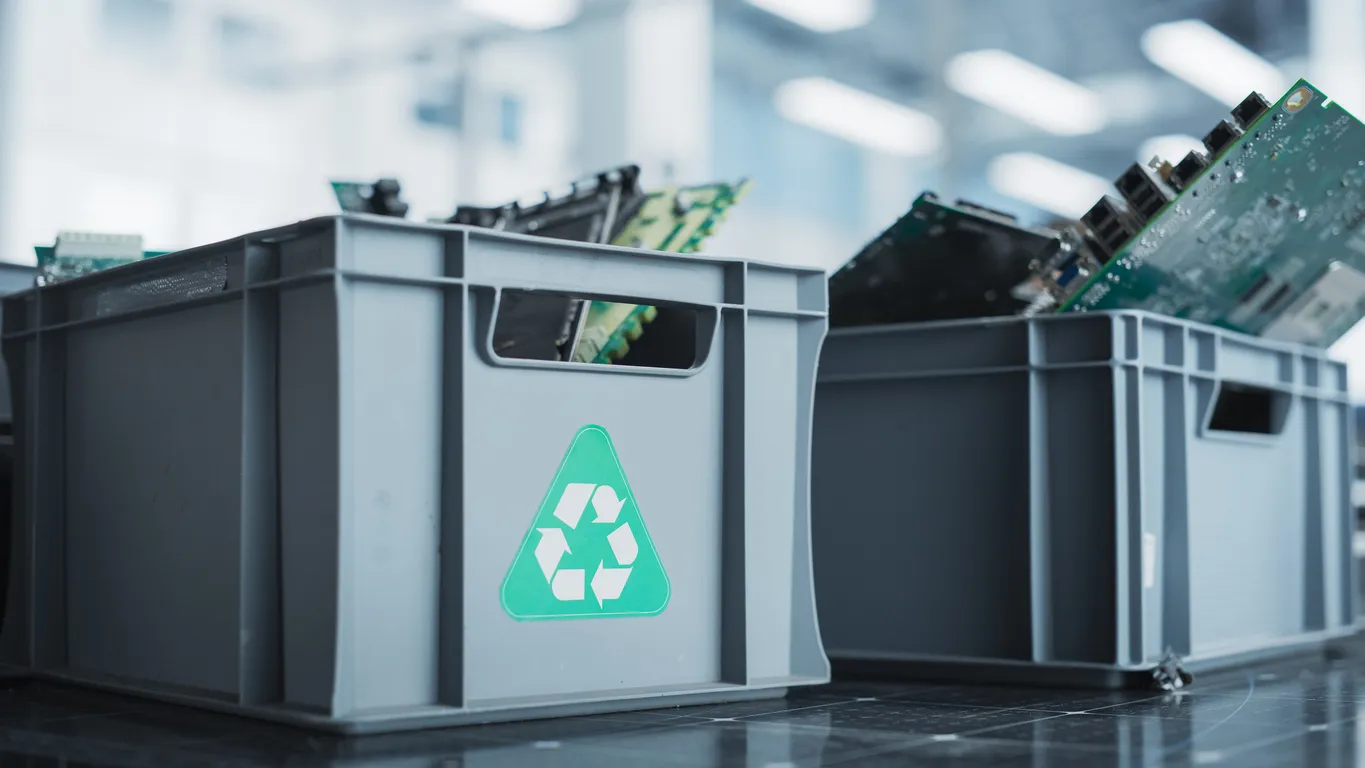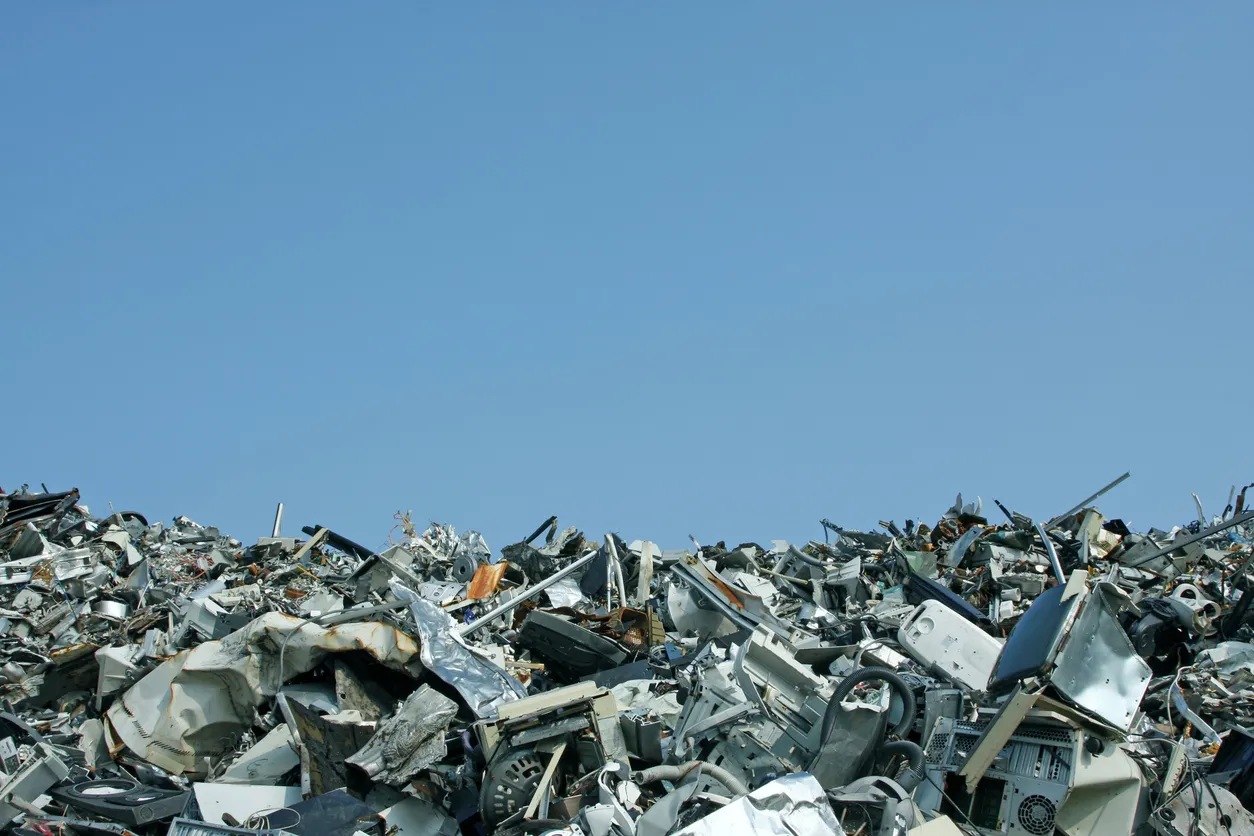Unpacking the Real Costs of IT Asset Disposal in the UK
The 2024 IBM Cost of a Data Breach Report highlights that the average cost of a data breach in the UK escalated to £3.58 million between March 2023 and February 2024. This marks a 5% increase from the previous year, underscoring the escalating financial repercussions of cyber incidents for organisations, largely driven by lost business and the expenses associated with post-breach recovery efforts.
This research directly validates the article’s assertion regarding the average cost of a data breach in the UK, providing a precise and current figure that underscores the significant financial risks associated with insufficient IT asset disposal security.
What Drives the Costs of IT Asset Disposal in the UK?
How Does Data Destruction Influence ITAD Pricing?
- The chosen method dictates equipment investment and processing speed.
- Location – whether on-site or off-site – can add security premiums or unlock volume-based savings.
- Accreditation levels, such as ADISA or ISO 27001, factor into audit and documentation expenses.
What Is the Cost Difference Between On-site and Off-site Data Destruction?
| Attribute | On-Site Service | Off-Site Service |
|---|---|---|
| Security Rating | Maximum (witnessed) | Standard locked facility |
| Cost Premium | +20 – 30 percent | Base rate |
| Minimum Charge | £250 per visit | £100 per pallet |
| Turnaround Time | Same day available | 2–3 business days |
How Do Certification and Compliance Affect Data Destruction Fees?
What Are the Pricing Factors for Physical Destruction vs. Data Wiping?
Why Is Certified Data Destruction Essential for GDPR Compliance?
Data protection in the UK is governed by the UK General Data Protection Regulation (UK GDPR) and the Data Protection Act 2018. These regulations mandate that personal data must be handled with appropriate security and retained only for as long as necessary. Article 17 of the UK GDPR specifically grants individuals the “right to erasure,” also known as the “right to be forgotten,” requiring organisations to delete personal data under certain conditions. This citation confirms the legal framework for data protection in the UK, reinforcing the article’s focus on GDPR compliance and the necessity of certified data destruction methods to mitigate regulatory fine risks and ensure legal defensibility.
What Role Do Logistics and Collection Fees Play in ITAD Costs?
| Service Location | Security Level | Typical Cost Range (per Pallet) | Coverage Area |
|---|---|---|---|
| On-Site Collection | Sealed containers | £120 – £180 | Nationwide |
| Off-Site Consolidation | Standard secure van | £80 – £130 | Major urban centres |
How Does Asset Volume Influence Collection Charges?
- Consolidating assets from multiple offices to a central collection point reduces per-unit transport costs.
- Scheduling regular pickups helps avoid last-minute expedite fees.
- Volume thresholds can trigger declining price bands for frequent disposal requirements.
What Geographic Factors Affect IT Equipment Collection Costs?
Why Is Secure Transport Important and How Does It Affect Pricing?
What Are Best Practices for Efficient IT Asset Collection?
- Aggregate assets into pallet-sized consignments for optimal loading efficiency.
- Clearly label containers with asset details to expedite processing.
- Coordinate drop-off schedules to align with provider delivery routes.
- Maintain accurate manifests to speed up customs or site-security checks.
How Do WEEE Compliance Requirements Affect Disposal Expenses?
| Fee Basis | Impact on Total Cost | |
|---|---|---|
| Producer Responsibility | Per tonne of e-waste | £50 – £150 per tonne |
| Hazardous Component Handling | Per unit (batteries, lamps) | £10 – £25 per item |
| Environment Reporting | Annual admin and audit | £200 – £500 per business |
How Do the WEEE Regulations 2025 Amendments Impact ITAD Pricing?
What Are the Charges for Hazardous IT Waste Disposal?
How Do Environmental Reporting and Producer Compliance Schemes Influence Costs?
What Are the Financial Risks of Non-Compliance with WEEE and GDPR?
Mapping UK e-waste flows: key insights
An independent study commissioned by Material Focus, conducted by Anthesis Group, the University of Lancaster, Repic, and Valpak, investigated the flows of Waste Electrical and Electronic Equipment (WEEE) in the UK. The study, using 2017 as a baseline, aimed to develop a robust inventory of how WEEE moves through the UK economy, identifying discrepancies between electrical equipment sold and reported collected/treated, and informing recommendations to improve recycling rates. This research provides essential background for the WEEE compliance requirements discussed in the article, highlighting the complexities and challenges in managing e-waste and underscoring the importance of adhering to regulations for environmental responsibility.
In What Ways Can IT Asset Remarketing Offset Disposal Costs?
- Asset valuation establishes fair market pricing based on age, condition, and market demand.
- Refurbishment enhances functionality, leading to improved resale margins.
- Revenue-sharing models divide proceeds between the provider and client, offsetting disposal fees.
What Is the Process for IT Asset Valuation and Resale?
How Do Refurbishment Costs Affect Net Value Recovery?
What Revenue Share Models Are Common in IT Asset Remarketing?
How Does Remarketing Support ESG Goals and Circular Economy Initiatives?
How Does IT Asset Lifecycle Management Influence Total Disposal Costs?
- Lifecycle audits map your asset inventory and forecast residual values.
- Scheduled refresh cycles maximise return on investment (ROI) and minimise disruptive bulk disposals.
- Integrated IT Asset Management (ITAM) and ITAD workflows ensure predictable budgeting and lower final disposal expenses.





